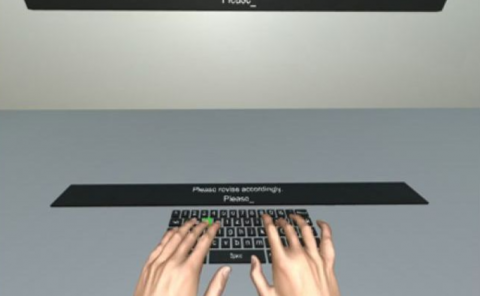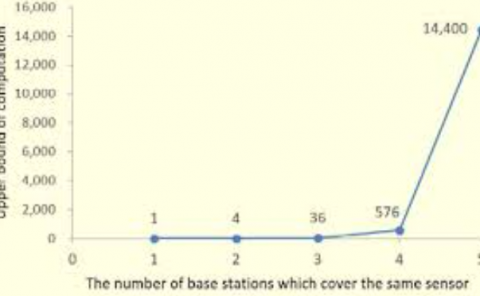Does a Digital Assistant Need a Body? The Influence of Visual Embodiment and Social Behavior on the Perception of Intelligent Virtual Agents in AR
PubDate: Oct 2018
Teams: University of Central Florida;University of Munster;University of Wurzburg;Stanford University
Writers: Kim, K., Boelling, L., Haesler, S., Bailenson, J.N., Bruder, G. & Welch, G.F.

Abstract
Intelligent Virtual Agents (IVAs) are becoming part of our everyday life, thanks to artificial intelligence technology and Internet of Things devices. For example, users can control their connected home appliances through natural voice commands to the IVA. However, most current-state commercial IVAs, such as Amazon Alexa, mainly focus on voice commands and voice feedback, and lack the ability to provide non-verbal cues which are an important part of social interaction. Augmented Reality (AR) has the potential to overcome this challenge by providing a visual embodiment of the IVA. In this paper we investigate how visual embodiment and social behaviors influence the perception of the IVA. We hypothesize that a user’s confidence in an IVA’s ability to perform tasks is improved when imbuing the agent with a human body and social behaviors compared to the agent solely depending on voice feedback. In other words, an agent’s embodied gesture and locomotion behavior exhibiting awareness of the surrounding real world or exerting influence over the environment can improve the perceived social presence with and confidence in the agent. We present a human-subject study, in which we evaluated the hypothesis and compared different forms of IVAs with speech, gesturing, and locomotion behaviors in an interactive AR scenario. The results show support for the hypothesis with measures of confidence, trust, and social presence. We discuss implications for future developments in the field of IVAs.


